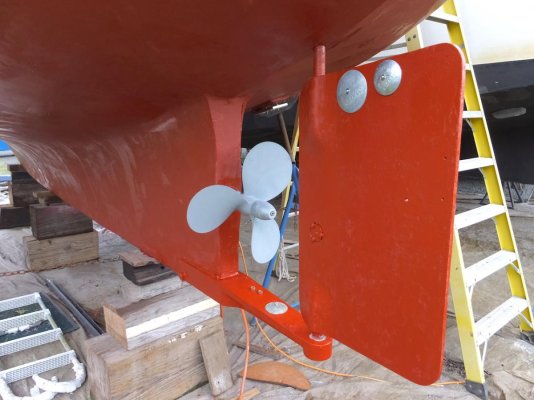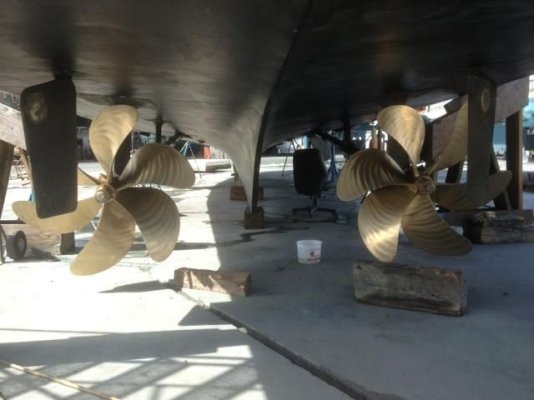I never blink, I chase down wolves at night, kill them and eat them for breakfast, my tears are adhesive, I hate stairs, I've studied engineering.... and when it comes to running prop numbers, I usually miss the mark. Close, but no cookie. The guys that can get it right get my kudos, and dollars!! And those dudes are some of the strangest birds on the planet.
Black art, indeed.
I'm afraid of the dark.
At least on land.
A couple of years ago, Julie and I were visiting an old friend in Sonoma, CA.
Not more then a few blocks from the town center.
Right next to her apartment, they had converted an old train right of way into a running, walking track that went thru some trees.
After dinner, Julie and I decided to take a little walk along this path.
It was dark, but not later then 9 p.m.
We knew there was absolutely nothing to fear.
We start walking and within 5 minutes, we were passing thru the grove of trees.
We really didn't hear or see anything, but within minutes we were nervous and once nervous, forgetaboutit.
Within 30 seconds we went from two adults holding hands having a nice evening stroll to two babies, running back to the house as fast as we could.
We knew our imagination was running wild, and we were being ridiculous, but simply couldn't help it.
We laughed about it then and still laugh about it now.
So crossing an ocean for us is far easier than that walk in the woods.
And as for that prop, as Ski and Manyboats have explained so well, take it to someone who knows.



